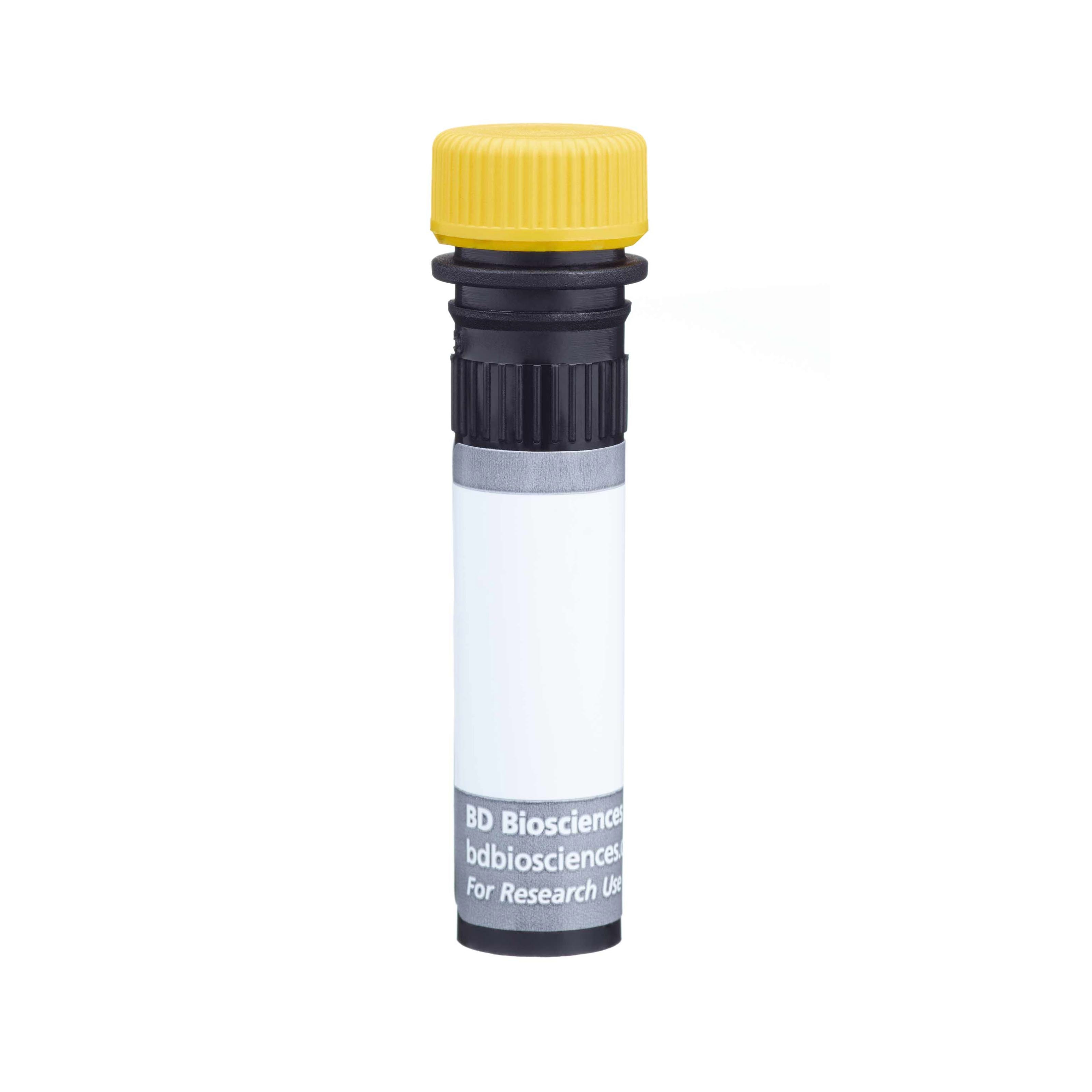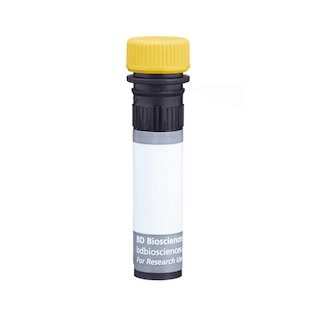-
Your selected country is
Middle East / Africa
- Change country/language
Old Browser
This page has been recently translated and is available in French now.
Looks like you're visiting us from {countryName}.
Would you like to stay on the current country site or be switched to your country?


Regulatory Status Legend
Any use of products other than the permitted use without the express written authorization of Becton, Dickinson and Company is strictly prohibited.
Preparation And Storage
Recommended Assay Procedures
For optimal and reproducible results, BD Horizon Brilliant Stain Buffer should be used anytime two or more BD Horizon Brilliant dyes (including BD OptiBuild Brilliant reagents) are used in the same experiment. Fluorescent dye interactions may cause staining artifacts which may affect data interpretation. The BD Horizon Brilliant Stain Buffer was designed to minimize these interactions. More information can be found in the Technical Data Sheet of the BD Horizon Brilliant Stain Buffer (Cat. No. 563794).
Product Notices
- This antibody was developed for use in flow cytometry.
- The production process underwent stringent testing and validation to assure that it generates a high-quality conjugate with consistent performance and specific binding activity. However, verification testing has not been performed on all conjugate lots.
- Researchers should determine the optimal concentration of this reagent for their individual applications.
- An isotype control should be used at the same concentration as the antibody of interest.
- Caution: Sodium azide yields highly toxic hydrazoic acid under acidic conditions. Dilute azide compounds in running water before discarding to avoid accumulation of potentially explosive deposits in plumbing.
- For fluorochrome spectra and suitable instrument settings, please refer to our Multicolor Flow Cytometry web page at www.bdbiosciences.com/colors.
- Please refer to www.bdbiosciences.com/us/s/resources for technical protocols.
- BD Horizon Brilliant Stain Buffer is covered by one or more of the following US patents: 8,110,673; 8,158,444; 8,575,303; 8,354,239.
- BD Horizon Brilliant Ultraviolet 661 is covered by one or more of the following US patents: 8,110,673; 8,158,444; 8,227,187; 8,575,303; 8,354,239.
Companion Products






The 809220 monoclonal antibody specifically recognizes CD56 which is also known as Neural cell adhesion molecule 1 (NCAM-1), Neural cell adhesion molecule (NCAM), or embryonic NCAM (E-NCAM). CD56 (NCAM-1) is a 120-180 kDa type I transmembrane glycoprotein that is encoded by Ncam1 which belongs to the immunoglobulin superfamily (IgSF). Three different isoforms of CD56 (NCAM-1) have been described that vary in their cytoplasmic domains. The 180 kDa long isoform contains five consecutive IgC-like domains followed by two fibronectin type III domains in its extracellular region, a transmembrane sequence and a large cytoplasmic domain. A 140 kDa isoform has a shorter cytoplasmic tail whereas the 120 kDa isoform is glycophosphatidylinositol (GPI)-linked to the cell membrane. CD56 (NCAM-1) functions on cells as a hemophilic or heterophilic adhesion molecule and as a receptor for various ligands including certain growth factors. Throughout development and adulthood, CD56 (NCAM-1) is expressed on various cell types such as neurons where it might play roles in cellular migration, axonal guidance, and synapse formation. It can also be expressed on astrocytes as well as bone marrow neutrophils and some monocytes and might be involved in cellular migration and other functions. Polysialylation of CD56 (NCAM-1) reduces its ability to dimerize and can thereby affect the functions of cells that express it.
The antibody was conjugated to BD Horizon™ BUV661 which is part of the BD Horizon Brilliant™ Ultraviolet family of dyes. This dye is a tandem fluorochrome of BD Horizon BUV395 with an Ex Max of 348-nm and an acceptor dye with an Em Max at 661-nm. BD Horizon Brilliant BUV661 can be excited by the ultraviolet laser (355 nm) and detected with a 670/25 filter and a 630 nm LP. Due to cross laser excitation of this dye, there may be significant spillover into channels detecting APC-like emissions (eg, 670/25-nm filter).
Due to spectral differences between labeled cells and beads, using BD™ CompBeads can result in incorrect spillover values when used with BD Horizon BUV661 reagents. Therefore, the use of BD CompBeads or BD CompBeads Plus to determine spillover values for these reagents is not recommended. Different BUV661 reagents (eg, CD4 vs. CD45) can have slightly different fluorescence spillover therefore, it may also be necessary to use clone-specific compensation controls when using these reagents.
Development References (4)
-
Fujita T, Chen MJ, Li B, et al. Neuronal transgene expression in dominant-negative SNARE mice.. J Neurosci. 2014; 34(50):16594-604. (Clone-specific: Fluorescence activated cell sorting). View Reference
-
Li S, Nie EH, Yin Y, et al. GDF10 is a signal for axonal sprouting and functional recovery after stroke.. Nat Neurosci. 2015; 18(12):1737-45. (Clone-specific: Fluorescence activated cell sorting). View Reference
-
Rougon G, Deagostini-Bazin H, Hirn M, Goridis C. Tissue- and developmental stage-specific forms of a neural cell surface antigen linked to differences in glycosylation of a common polypeptide.. EMBO J. 1982; 1(10):1239-44. (Biology). View Reference
-
Stamatos NM, Zhang L, Jokilammi A, et al. Changes in polysialic acid expression on myeloid cells during differentiation and recruitment to sites of inflammation: role in phagocytosis. Glycobiology. 2014; 24(9):864-879. (Biology). View Reference
Please refer to Support Documents for Quality Certificates
Global - Refer to manufacturer's instructions for use and related User Manuals and Technical data sheets before using this products as described
Comparisons, where applicable, are made against older BD Technology, manual methods or are general performance claims. Comparisons are not made against non-BD technologies, unless otherwise noted.
For Research Use Only. Not for use in diagnostic or therapeutic procedures.
Report a Site Issue
This form is intended to help us improve our website experience. For other support, please visit our Contact Us page.